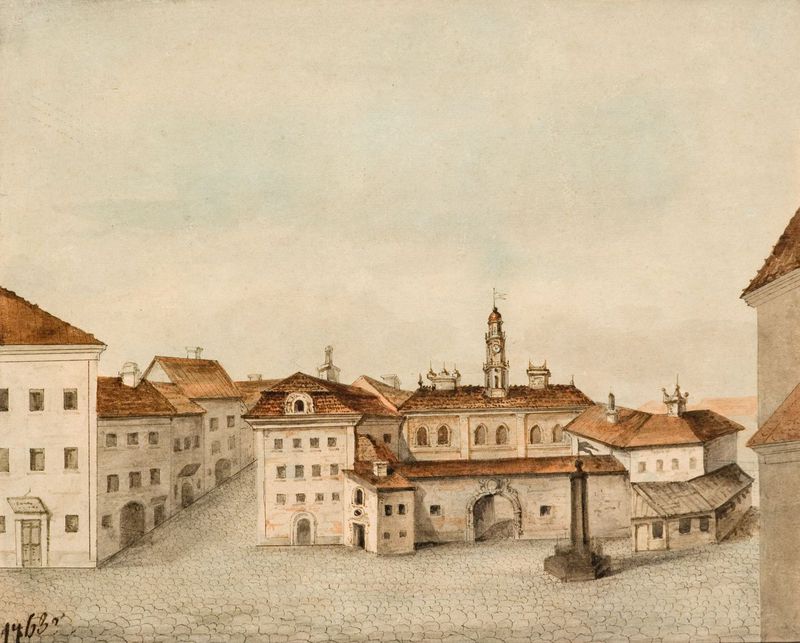Town Hall
Although Jogaila granted Vilnius the Magdeburg rights in 1387, which secured the city self-governance and gave it the right to build a town hall, Vilnius Town Hall was only first mentioned in 1432 and later in 1503. The Town Hall served as the seat of the city guard service, where all measurement standards (etalons) were kept and an armament and weaponry were stored.
The Town Hall also housed the magistrate, which is similar to the present-day city council in terms of its purpose. The magistrate was led by the head of the city (vaitas) and was responsible for the city’s property, collecting charges and taxes, taking care of the city’s treasury, saving grain stocks and providing public notary services. The head of the city presided over magistrate meetings, considered cases and imposed punishments.
The Town Hall basement also holds a horrific secret – it was a prison for the most serious criminals who were sentenced to death. In those days, various death penalties were used but the most disgraceful one – hanging – could be witnessed right there in the gallows installed at Town Hall.

